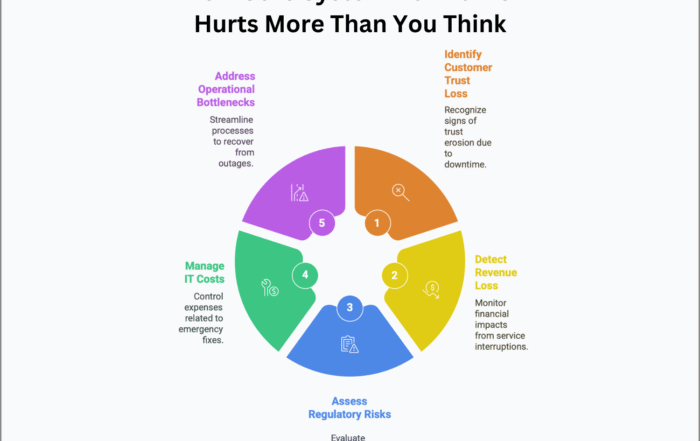
Have you ever wondered why a project for changing a Core Banking System is often called a ‘core banking transformation’ instead of just a migration? Here’s a piece of history that sheds light on this evolution. For many years, these projects were indeed called Core Banking Migrations or Implementation Projects. However, the failure rate was alarmingly high. Why? Most banks viewed them merely as IT projects rather than business projects impacting every aspect of their operations. They often attempted to force their existing business processes into the new core system without considering leveraging the best practices and built-in functionalities. This approach was fundamentally flawed.
Recognizing these issues, insightful consultants began educating banks on the broader impacts of implementing such systems. This shift in perspective worked, yet even today, many banks repeat the same mistakes.
What is a Core Banking Transformation?
A core banking transformation refers to modernizing and updating a bank’s core banking system capabilities, usually through a significant upgrade or switching to a new vendor’s system. This process includes migrating operational and customer data to a more efficient platform and changing operational processes supporting products like payments, loans, and deposits to the new system.
Why Core Banking Transformations Matter
In today’s fast-paced market, banks must modernize their IT systems, processes, and operations to stay profitable and competitive. Core banking transformation isn’t just about migrating software from one platform to another; it’s about overhauling the entire business model and leveraging new technologies.
Core banking transformation can include various initiatives beyond the core system, such as:
- Cloud Computing
- Mobile Banking
- Analytics and Automation
- Artificial Intelligence (AI)
- Machine Learning (ML)
- Robotic Process Automation (RPA)
Successful core banking transformations require careful planning and execution by both IT teams and business stakeholders. Banks must have a clear strategy for leveraging digital technologies to achieve their goals while ensuring data security and regulatory compliance.
The Benefits of Core Banking Transformation
Investing in core banking transformation allows banks to offer faster service and more convenient access to accounts. They can also implement new features like real-time payments and automated fraud detection, which were unavailable in older systems.
In summary, core banking transformation is crucial for banks aiming to stay competitive in today’s digital world. By embracing new technologies and overhauling their business models, banks can position themselves for future success.
For more information, check out our article: Signs It’s Time for a Core Banking Transformation.
Found this article interesting? Check out these three related reads for more.
- Avoiding pitfalls in core banking modernization
- Core banking system implementation challenges and success strategies
- 10 reasons why core banking transformations are not just IT projects
#CoreBankingTransformation #BankingMigration





